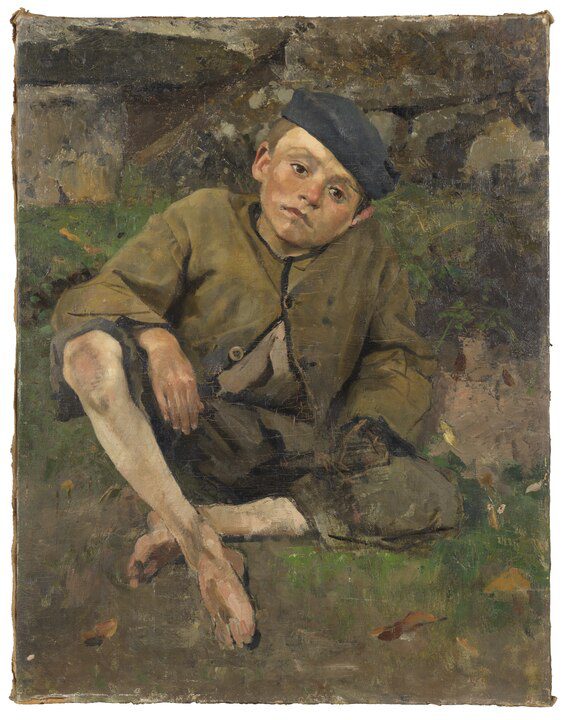
The life of Richard Bergh is a fascinating chapter in Swedish art history. Born into a family of painters, Bergh emerged as one of the key figures of the National Romanticism movement in Sweden. But, his story is more than that of just another talented artist. It’s the tale of a man who wielded his paintbrush like a sword, capturing the essence of Swedish identity, the beauty of the land, and the deep introspective nature of the human soul. So, how did this master painter rise from the artistic waves of Stockholm to become a leading figure in Swedish culture? Let’s dive into the astonishing journey of Richard Bergh—a name that might not be on everyone’s lips but surely deserves to be.
Early Life and Artistic Beginnings
Richard Bergh was born on a cold December day in 1858, in Stockholm, Sweden. He grew up surrounded by art, thanks to his father, Edward Bergh, a successful landscape painter. This early exposure to painting played a major role in shaping Richard’s own artistic vision. Young Bergh would often watch his father paint serene Swedish landscapes, and it wasn’t long before he picked up a brush himself.
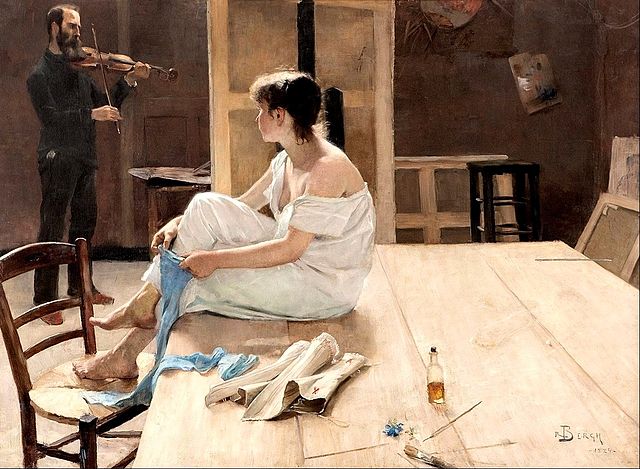
In 1878, at the age of 20, Bergh enrolled in the Royal Swedish Academy of Fine Arts. Back then, Stockholm was not the international art hub it is today, but the academy offered the budding artist a solid foundation in classical art training. However, the call of Paris—Europe’s art capital—was too strong to ignore. Like many aspiring painters of his time, Bergh ventured to Paris, where he encountered French Realism and the works of artists like Jean-François Millet and Jules Bastien-Lepage. These influences seeped into his early works, which were rooted in reality but held a certain dreamy quality, hinting at the romanticism he would later champion.
Defining National Romanticism: Bergh’s Artistic Philosophy
The late 19th century was a period of national awakening for many European countries, and Sweden was no exception. As Sweden sought to carve out its own cultural identity, the art world followed suit, with painters looking to define what it meant to be Swedish. This movement came to be known as National Romanticism—a celebration of the land, the people, and the spirit of Sweden itself.
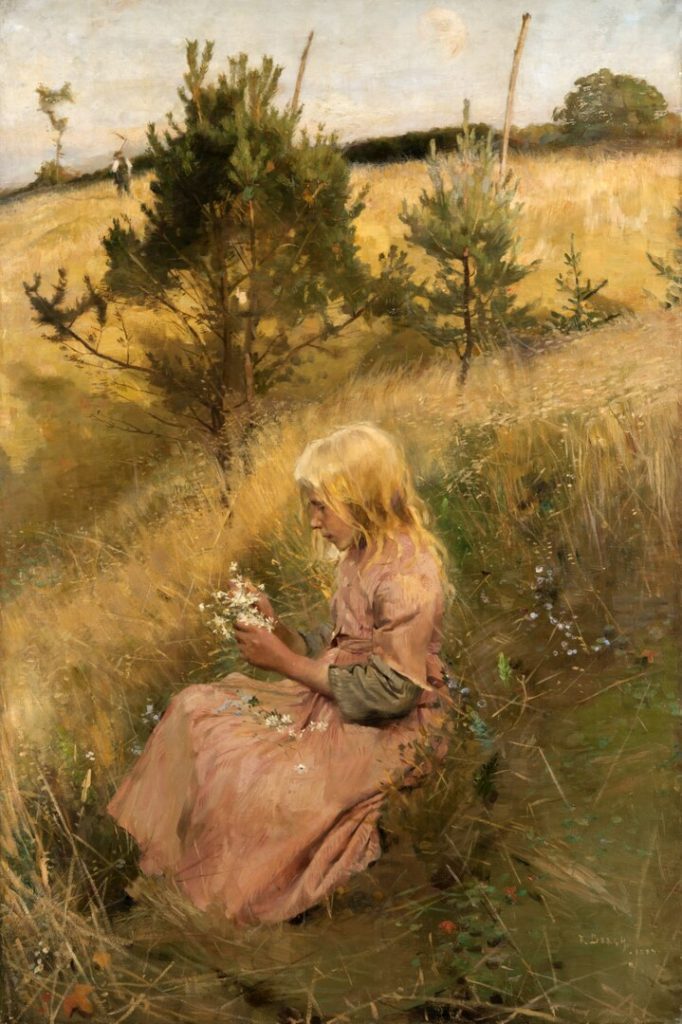
Bergh was at the forefront of this movement. His artistic philosophy blended realism with a romanticized vision of Sweden, often portraying the country’s breathtaking landscapes and stoic people. But what set him apart was his ability to infuse his work with a personal touch—one that celebrated not only the nation but also the individual.
While Carl Larsson and Anders Zorn are often seen as Bergh’s contemporaries and equals in shaping Swedish art, Bergh’s contributions cannot be overstated. He was not only a painter but also a teacher, a curator, and an organizer. Through his leadership, he helped elevate Swedish art to new heights.
Iconic Works That Shaped Swedish Culture
One of Bergh’s most celebrated works, Nordic Summer Evening (1899), is the quintessential National Romantic painting. It depicts a tranquil Swedish evening, with two figures standing by a lake, bathed in the soft, ethereal light of the setting sun. The painting captures the mystical beauty of the Scandinavian landscape and the serenity of a summer night. It’s a moment frozen in time—an ode to nature’s quiet power.
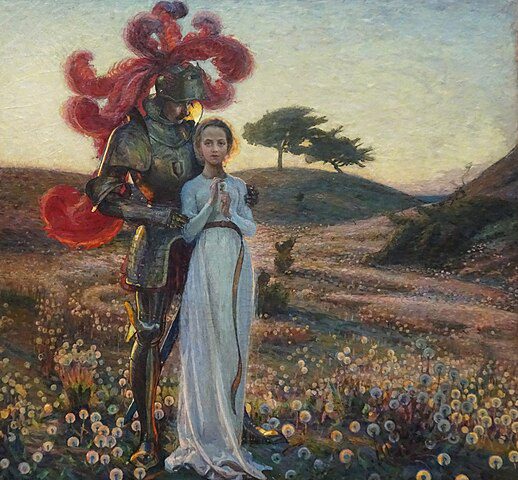
Another iconic work is his Portrait of August Strindberg (1905). Strindberg, one of Sweden’s most famous playwrights, was a close friend of Bergh’s, and the portrait reflects their deep connection. Strindberg is depicted with an intense gaze, almost as if he’s looking right through the viewer. The painting is as much a psychological study as it is a portrait, showcasing Bergh’s ability to capture the inner life of his subjects.
In addition to his individual works, Bergh was instrumental in organizing the Nordic Art Exhibitions, which aimed to promote Scandinavian art on the international stage. These exhibitions were crucial in establishing National Romanticism as a legitimate and influential art movement, not just within Sweden but across Europe.
Career Milestones and Leadership in Swedish Art
In 1915, Richard Bergh reached a significant milestone in his career when he was appointed as the director of the Nationalmuseum in Stockholm. This role allowed him to influence not only the art that was being created but also the way it was being presented and appreciated by the public.
Bergh was a passionate advocate for creating a uniquely Swedish form of art, one that was rooted in the country’s landscape and cultural heritage. He pushed for the inclusion of more Swedish artists in the Nationalmuseum’s collection, and his leadership helped raise the profile of Swedish art both at home and abroad.
As a member of the Konstnärsförbundet (Artists’ Union), Bergh was also deeply involved in reforming the way art was taught and practiced in Sweden. The union sought to break away from the traditional, academic approach to art education, advocating instead for a more modern, dynamic form of instruction that encouraged creativity and individuality.
Personal Struggles and Triumphs
Despite his many successes, Bergh’s life was not without its struggles. Throughout his life, he battled tuberculosis, a disease that would eventually claim his life. But even as his health declined, Bergh continued to paint and contribute to the Swedish art world. His later works, though fewer in number, reflect a deep introspection, perhaps influenced by his own physical decline and awareness of mortality.
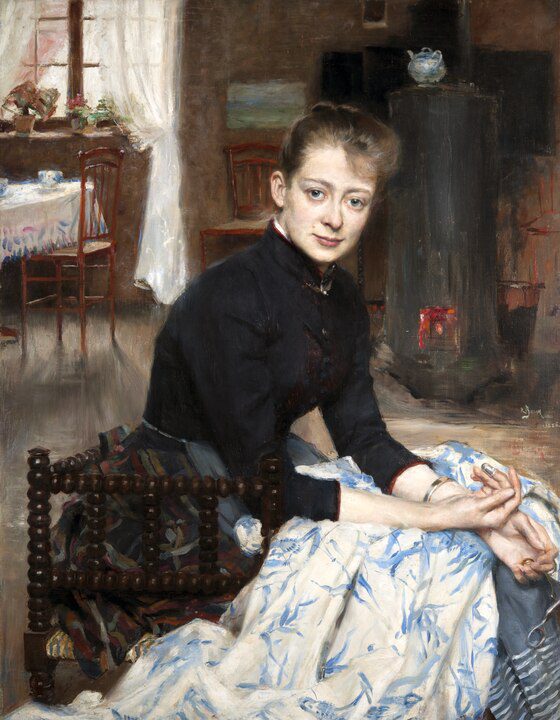
Bergh’s personal life was also marked by complexities. His marriage to Gerda Bergh, a talented painter in her own right, provided him with a supportive partner, but their relationship was not without its challenges. The pressures of his career, coupled with his health issues, often strained their relationship.
Despite these personal struggles, Bergh’s triumphs in the art world are undeniable. His leadership at the Nationalmuseum, his contributions to National Romanticism, and his mentorship of younger artists all speak to a man who was deeply committed to his craft and to the future of Swedish art.
Bergh’s Legacy and Influence on Swedish Culture
Richard Bergh’s influence on Swedish art extends far beyond his own body of work. As a teacher, curator, and advocate, he played a crucial role in shaping the next generation of Swedish artists. His emphasis on the importance of national identity in art paved the way for future movements that would explore similar themes.
Even today, Bergh’s works continue to resonate with audiences, particularly in Sweden, where his paintings are seen as iconic representations of the country’s cultural heritage. His depictions of Swedish landscapes, in particular, have become symbolic of the nation’s natural beauty and the romantic ideals that National Romanticism sought to capture.
Bergh’s works are displayed in some of Sweden’s most prestigious museums, including the Nationalmuseum and Göteborgs Konstmuseum. His legacy is not just that of an artist but of a cultural leader who helped define what it means to be Swedish.
Final Years and Reflection on a National Treasure
In his final years, Bergh’s health continued to decline, but his commitment to art never wavered. He spent much of his time mentoring younger artists and advising on exhibitions and museum acquisitions. His death in 1919 marked the end of an era in Swedish art, but his influence lived on.
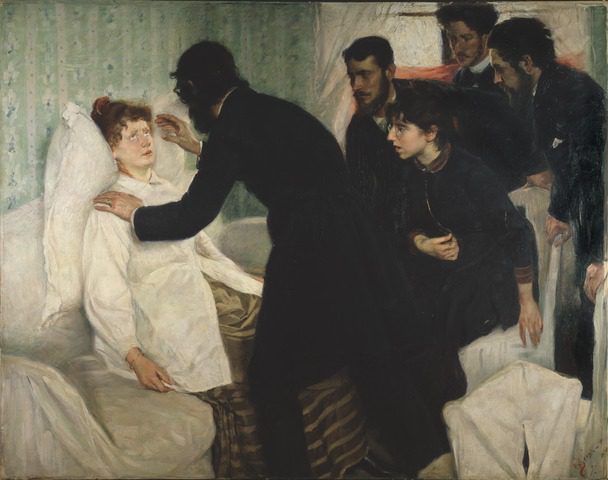
As Swedish art continued to evolve in the 20th century, Bergh’s contributions were not forgotten. His role in establishing National Romanticism as a major art movement ensured that his legacy would endure, not just in Sweden but internationally as well.
Art historian Tor Hedström once remarked, “Richard Bergh was not just a painter of landscapes and portraits; he was a painter of Sweden itself—capturing the soul of a nation in every stroke.” This quote perfectly encapsulates Bergh’s lasting influence on Swedish culture and his unique ability to blend the personal with the national in his art.
FAQs
1. Who was Richard Bergh?
Richard Bergh was a Swedish painter and a leading figure in the National Romanticism movement. He is known for his landscape paintings and portraits that celebrate Swedish national identity.
2. What is National Romanticism?
National Romanticism was an art movement that emphasized national identity, often through depictions of landscapes and folklore. Bergh was one of its key proponents in Sweden.
3. What are Richard Bergh’s most famous works?
Some of Bergh’s most famous works include Nordic Summer Evening and Portrait of August Strindberg. These works are celebrated for their romantic portrayal of Swedish culture.
4. What role did Richard Bergh play in the Nationalmuseum?
Bergh became the director of the Nationalmuseum in 1915, where he promoted Swedish art and expanded the museum’s collection to include more works by Swedish artists.
5. How did Richard Bergh influence future Swedish artists?
Through his leadership, teaching, and involvement in art societies, Bergh mentored the next generation of Swedish artists, helping to shape the future of Swedish art.
Key Takeaways:
- Richard Bergh was a central figure in the National Romanticism movement in Sweden.
- His works, like Nordic Summer Evening and Portrait of August Strindberg, are iconic representations of Swedish culture.
- Bergh played a major role as a leader in the Swedish art community, particularly as the director of the Nationalmuseum.
- Despite personal struggles, including a battle with tuberculosis, Bergh’s contributions to art and Swedish identity endure to this day.
- Bergh’s legacy lives on through his work and his influence on future generations of Swedish artists.




